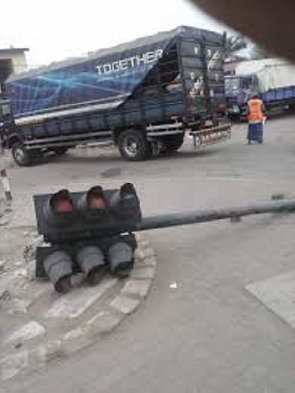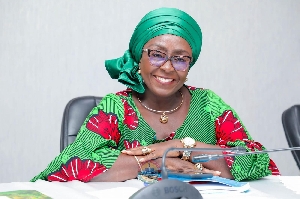The Ministry of Transport’s Report authored in 2015 indicated that the total number of registered vehicles in Ghana stood at approximately 1,952,564. Out of the figure, the Greater Accra Region has the highest number of registered vehicles of about 1,164,942, followed by the Ashanti Region with just 269,689. The remaining regions recorded about 517,933 registered vehicles.
The vehicle/population ratio in Ghana, according to the same report, has been growing steadily from about 50 vehicles per 1,000 population in 2010 to about 70 vehicles per 1,000 in 2015.
The above statistics clearly show that the vehicle population, especially in Accra, is growing. With 1,164,942 vehicles roaming the streets of Accra in 2015, we can extrapolate that the current vehicle population in Accra alone is well over 2.5 million. It is, therefore, not a surprise that the streets of Accra are always choked with vehicles.
Though the Kufuor-Atta Mills governments expanded the Tetteh-Quashie through Legon to Madina and Adenta road to three lanes dual carriage way with Madina and Adenta being expanded into five lanes on each side of the carriage way, it still records traffic jams.
The same can be said about the Motorway, Mallam to Kasoa road and other major roads in Accra. All these traffic jams are being experienced because as we have already indicated, the vehicle population is fast growing. This development also makes it impossible for pedestrians to sometimes cross some of these busy roads.
To manage the situation, the various Metropolitan assemblies in Accra, in conjunction with the Department of Urban Roads, decided to introduce traffic lights at most of the major and minor intersections in the Metropolis to control the movement of vehicles and ease crossing of the roads by pedestrians.
Regrettably, these traffic lights are not being properly managed. For instance, the ones dotted alone the George Walker Bush Highway. Though from Lapaz to Kwashieman Junction is a densely populated area, the traffic lights are always not functional. This is creating inconveniences for both drivers and pedestrians, but the authorities concerned seem not to bother about it.
When the contracts for the erection of these traffic lights were awarded, they should have included constant maintenance as well, but it appears this was not done. Therefore, whenever the traffic lights develop faults, it takes a long time for them to be repaired, by which time many souls would have been maimed or lost to road accidents.
The Chronicle is, therefore, appealing to the ministries of Local Government and Rural Development, Transport, Roads and Highways to come together and jaw-jaw on the best way to solve this serious problem confronting the nation. It is wrong for us, as a nation, to sit down unconcerned for pedestrians to be knocked down, or for vehicles to be involved in fatal accidents before steps are taken to repair these faulty traffic lights.
As we earlier indicated, the problem with the Lapaz traffic lights is just the tip of the iceberg – as most of the traffic lights in Accra are simply not working to properly control vehicular and human traffic.
Since the police personnel manning these malfunctioning traffic lights are human beings, they sometimes become exhausted and leave the scene. This is the more reason why something must be done to fix the situation now!
Editorial News of Monday, 27 February 2023
Source: thechronicle.com.gh

















